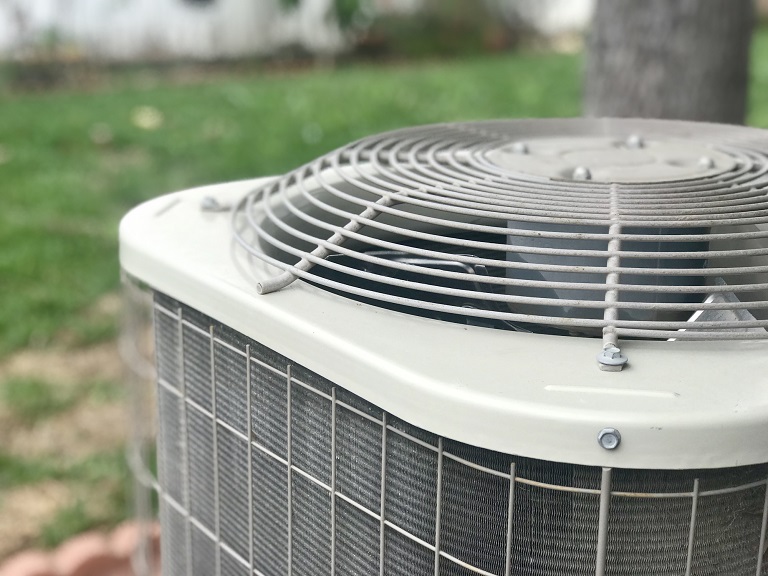
Faulty AC drip pans can lead to pesky leaks and improper home cooling. Find out how much AC drip pan replacement costs for your cooling system.
It’s a surprisingly gentle way to heat up your home


If you’re feeling cold in certain spots in your home even though the heat is turned up, one of your baseboard heaters may be to blame. Especially in older homes, individual radiators always need a bit of extra care in the wintertime, even though “bleeding” is the term we use to get them working again, and that sounds anything but caring! But learning how to bleed a radiator is simple.
Bleeding a radiator simply means releasing the trapped air that’s preventing the heat from flowing through the baseboard. Here’s what you need to know about this straightforward heating maintenance task.
Well, the truth is, you don’t have to bleed your baseboard heaters if you don’t mind being cold in the winter. But assuming you like to stay warm and not wear five layers of clothing when you’re at home, it’s important to release the air to stay cozy all season long. Plus, this task improves the baseboard heater’s efficiency and prevents future issues with air build-up.
This is an easy one. You’ll know your radiator needs bleeding when you experience one or both of the following:
The room where it’s located is colder than the rest of the house, even when the thermostat is turned up.
The heater feels cold or only slightly warm to the touch.
If all is working well with your heating system except for a rogue baseboard, bleeding it should get the heat moving through the space once more.

Once you’ve located the baseboard that’s giving you and your house the cold shoulder, it’s not hard at all to bleed it. Here’s how it works:
You’ll want to turn off the baseboard heating system for a few minutes so you can bleed the radiators. That’s because when your heating system is switched on, it will actually add more air into the system when your goal right now is to release the air that’s already trapped in there.

Most radiators have a valve located at the bottom end of the radiator. There might be a radiator key you can use to open it, or you might need to use a flathead screwdriver. Others might require a wrench or simply a forcible twist of your fingers. Whatever the case is with yours, open the valve using the same motion you would to slightly loosen a screw—simply turn it to the left (counterclockwise). Place a cup under the valve to catch any stray moisture.
You’ll know the valve is open when you hear air hissing. It should expel air right away, but if you haven’t bled this baseboard in a while or it’s an older model, give it a few seconds to let the air make its way out.
Drops or even a faint stream of warm water will eventually spurt out of the valve. When it does, close the valve by turning it clockwise and gently tighten it. You don’t want it so tightly closed that you can’t reopen it later, but you do want to ensure that it’s not still hissing or spitting. Dry off any moisture with a tissue or cloth and, if there’s a cover, put it back on the baseboard.
Bleeding baseboards isn’t the hardest task, although it can be one of the more tedious ones. When it’s winter, all you want is for your heat to be working well, and it can be tiresome having to keep manually kickstarting the heat in certain zones of your house. You can also use this task as an excuse to clean and inspect your baseboard covers for signs of dents, cracks, or debris build-up.
If you have older baseboards that need consistent coaxing, it’s helpful to keep a compact flathead screwdriver (in the absence of a valve key) and cloth near each one so you don’t have to go far for the tools you need to bleed the radiator.
However, know that perpetually cold baseboards could indicate a larger problem with your heating system. Call an HVAC pro if you find that bleeding your baseboard has become somewhat of a hobby or if you’re not getting any air or water to release from the valve anymore.
There’s no reason to call in a pro to bleed your radiator if you follow the simple steps outlined above. However, if you can’t locate the bleeder valve or your radiator still isn’t working properly after consistent bleeding, then it’s time to call your local baseboard professional and schedule a service call. It might turn out that all the bleeding in the world won’t help, and you’ll need to install a new baseboard heater instead.
From average costs to expert advice, get all the answers you need to get your job done.

Faulty AC drip pans can lead to pesky leaks and improper home cooling. Find out how much AC drip pan replacement costs for your cooling system.

Exposed ductwork can be a smart choice even beyond aesthetics. Fortunately, exposed ductwork costs are relatively low, and easy access keeps repair costs to a minimum.

Getting AC and furnace replacement done at the same time can lead to huge benefits for your wallet and your home. Here’s everything you need to know.

Discover the average air handler replacement cost, including labor and materials, plus expert tips to help you budget and save on your HVAC upgrade.

Not sure which type of furnace humidifier is best for your home? We’ve broken down four different options, explaining how they work and their benefits.

Not sure which kind of thermostat is best for your home? Here’s an overview of three types of thermostats so that you can choose the right one for you.